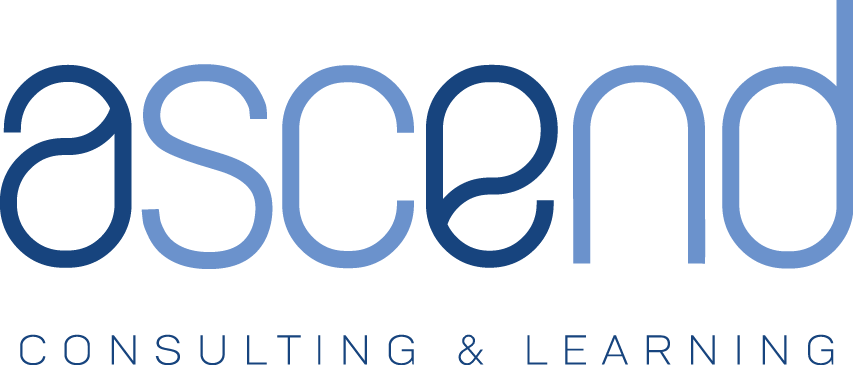
Winston Churchill once said, “It is always wise to look ahead, but difficult to look farther than you can see.” This is a challenge that we all struggle with yet it is a critical challenge to overcome if you want your company to be successful. If 2020 has taught us anything, it is that life and the future is uncertain and the environments we operate in can change drastically and in dramatic fashion to have major implications for our businesses.
So, how can businesses overcome the difficultly of looking farther than they can see? The best way to do this is by developing deep insights, both about your company and environments you compete in. These insights are a necessary ingredient to effective strategy. Strategy provides the link between the internal (your company’s capabilities, resources, and activities) and external (your environment’s clients, competitors, and industry), past and future. Luckily, there are several tools you can use when planning strategy to help provide you with the insights to the external environment you need to link the past and future. Think of these tools as binoculars to extend the horizon of what you can see of the future.
These tools can be used in several ways to help provide insight into the future. They can be used as part of a formal strategic planning process. They can also be used on a regular basis to monitor changes in your environment to adjust strategy as needed in a more agile fashion. After all, a whole lot can change in the year between the annual strategic planning retreats many firms utilize (just ask the first half of 2020). Armed with a better picture of a potential future, you can make better decisions for how your company will look and compete in the future.
Forecasting
The first tool for predicting the future is one most of you are likely already utilizing, forecasting. Forecasting is the most quantitative of these tools we will discuss in this blog post. Forecasting typically utilizes financial information and probabilities to make a prediction about the future. Forecasts for A/E firms come in many shapes and sizes – sales forecasts, revenue forecasts, staffing forecasts, cash forecasts, etc. It is important that forecasts be revisited on a regular basis, particularly after conducting one or more of the analyses below, because probabilities will likely change as you learn more about your company and your clients.
Trend analysis
The second tool that can be utilized to provide vision into the future is trend analysis. Trend analysis looks at changes that are currently occurring in the business environment your company competes in. These trends may have implications for your clients and for your business, so it is critical that you are aware of them and understand them. Once you understand these trends, you can extrapolate them into the future and ask yourself what this future means for your strategy and for your business model. There are several different categories where trends may be developing that may affect your business – societal, technological, economic, environmental, and political. You can find more information about trend analysis in this previous blog post.
Industry analysis
Industry analysis is another powerful tool that allows you to see how potential changes in the industries and market segments you compete in may affect your business. Industry analysis considers the drivers of profitability that define competition within an industry or market segment. Understanding these drivers, or forces, or competition and how they change over time can provide you with foresight into how competition may look in the future in an industry. This can provide you valuable insight into future opportunities or threats when creating strategy within that industry or market segment. Michael Porter established this methodology through his Five Forces of Competition framework. You can read about this in more depth in this previous blog post.
Market analysis
Changes that are occurring in the markets you compete in can also affect your strategy and your business model. While trend and industry analyses are often utilized when analyzing your existing or new market segments, there are other questions about your markets you should explore. First, you need to consider how trends and changes in industry forces may affect the attractiveness of a market segment. How may revenue and profit potential of this segment change in the future? What can you do to change that dynamic? You also need to consider how the wants and needs of your clients in a particular market segment may be changing over time. Your value proposition may need to change to better fit with the functional, social, and emotional needs of your clients. Your clients may be experiencing new pain points or risks that you can relieve or may have desires for new benefits or gains that you can provide by delivering a different service or an existing service in a different way.
Scenario planning
The analyses discussed above all involve projecting what we believe to be knowable into the future. Scenario planning addresses the future in a different way – by analyzing potential changes that may be unknowable or uncertain. Scenario planning can be conducted by first defining a scope for the analysis such as what aspect of your business are you developing scenarios for (e.g. your strategic plan or business model) and for what time frame. Next, you should identify what events or changes could significantly affect those aspects of your business. These potential events and changes can then be grouped into themes to be studied and learned from. Strategies can then be developed to address these themes. If patterns emerge in these strategies to address an uncertain future, it is probably time to start implementing those strategies.
Once you have utilized these tools to paint pictures of potential futures you will be competing in, you need to look back inside at your company to determine how you will need to change to be successful going forward. Some changes may be occurring at such a rapid pace that you need to act now to pivot your strategy or business model. We have all experienced this in one manner or another over the past several months. For other changes that may be developing more slowly or just beginning, it may make more sense to take an approach similar to scenario planning. Group potential futures into themes, learn more about those themes, and develop strategies to address the opportunities or threats they pose for your business. If patterns develop in these strategies, begin to implement them. The future may be uncertain, but you can be much more prepared for it by utilizing these tools.

